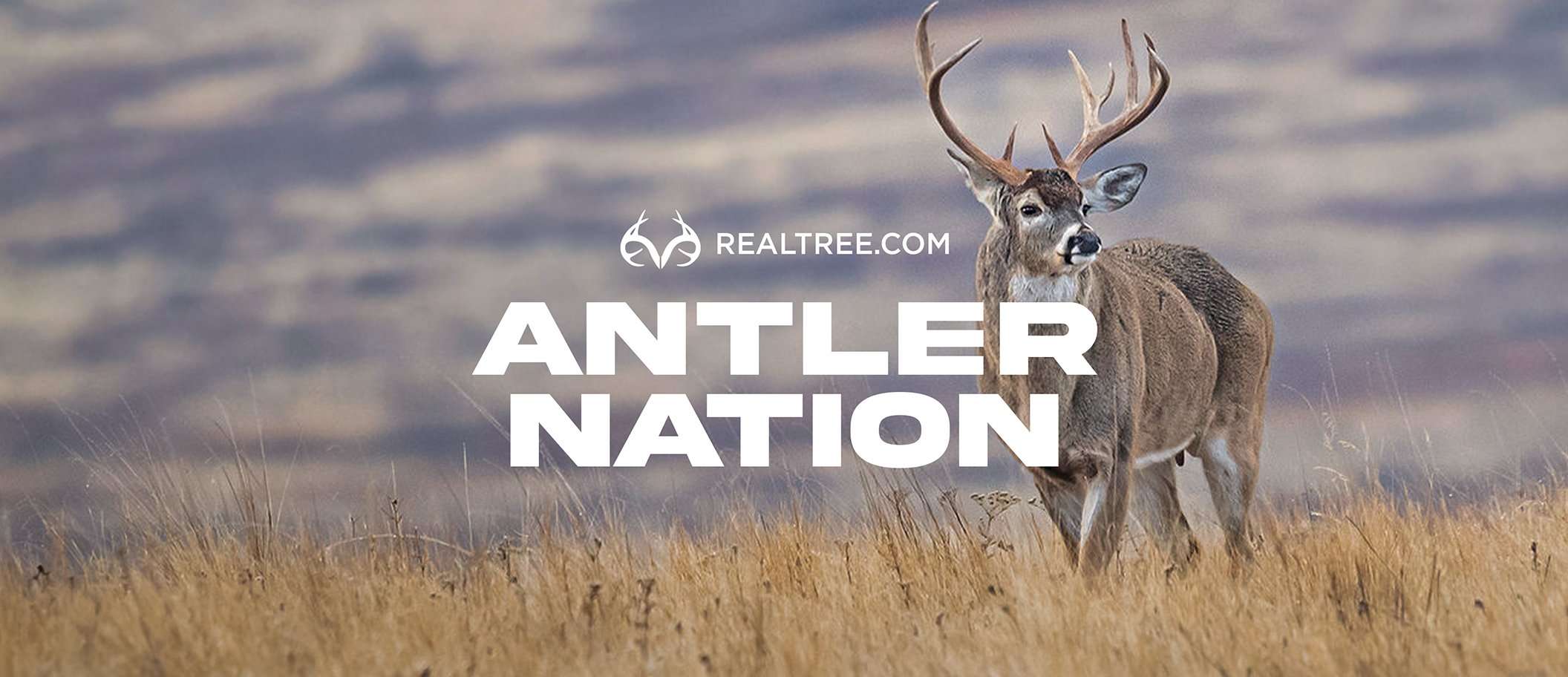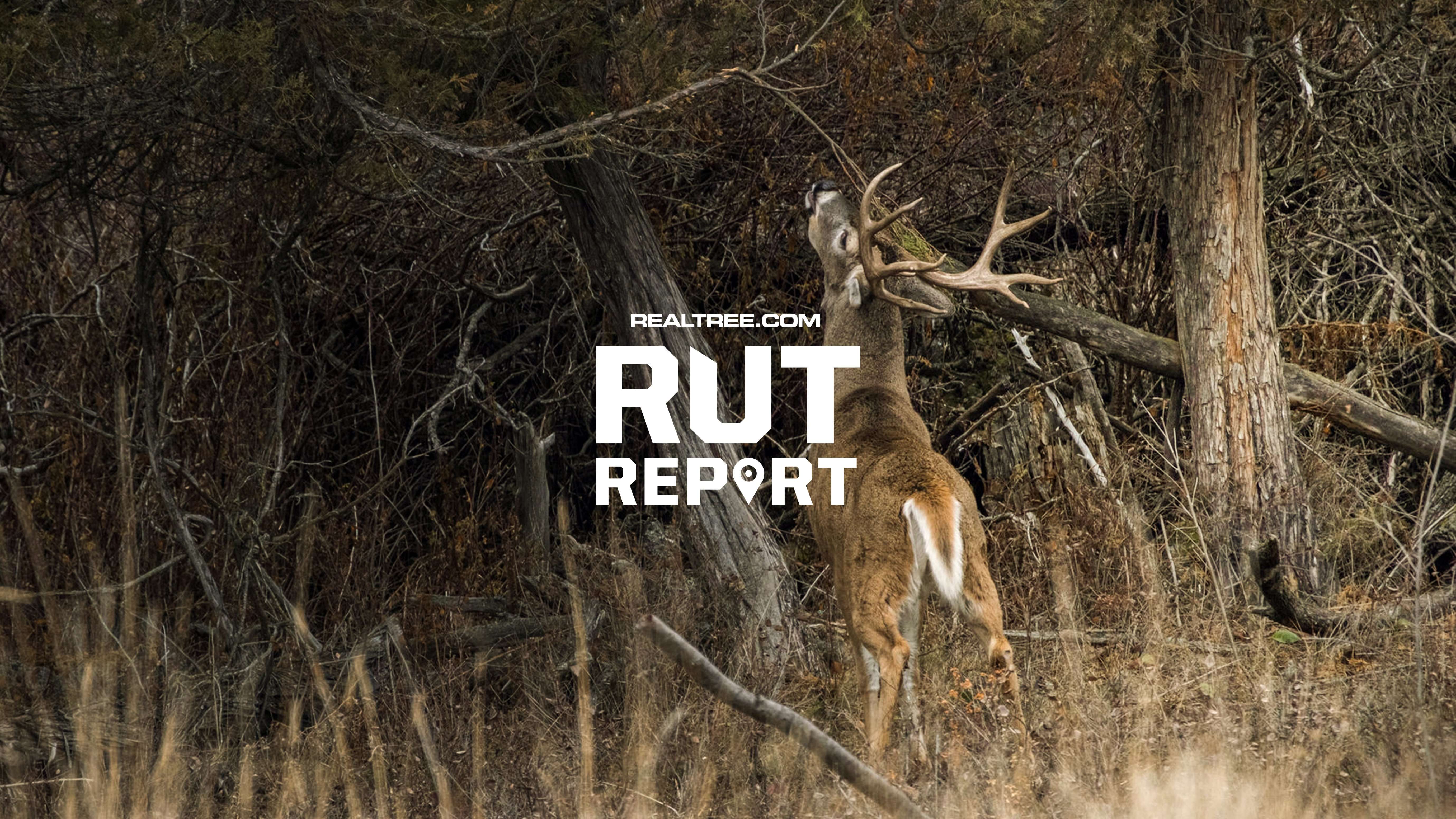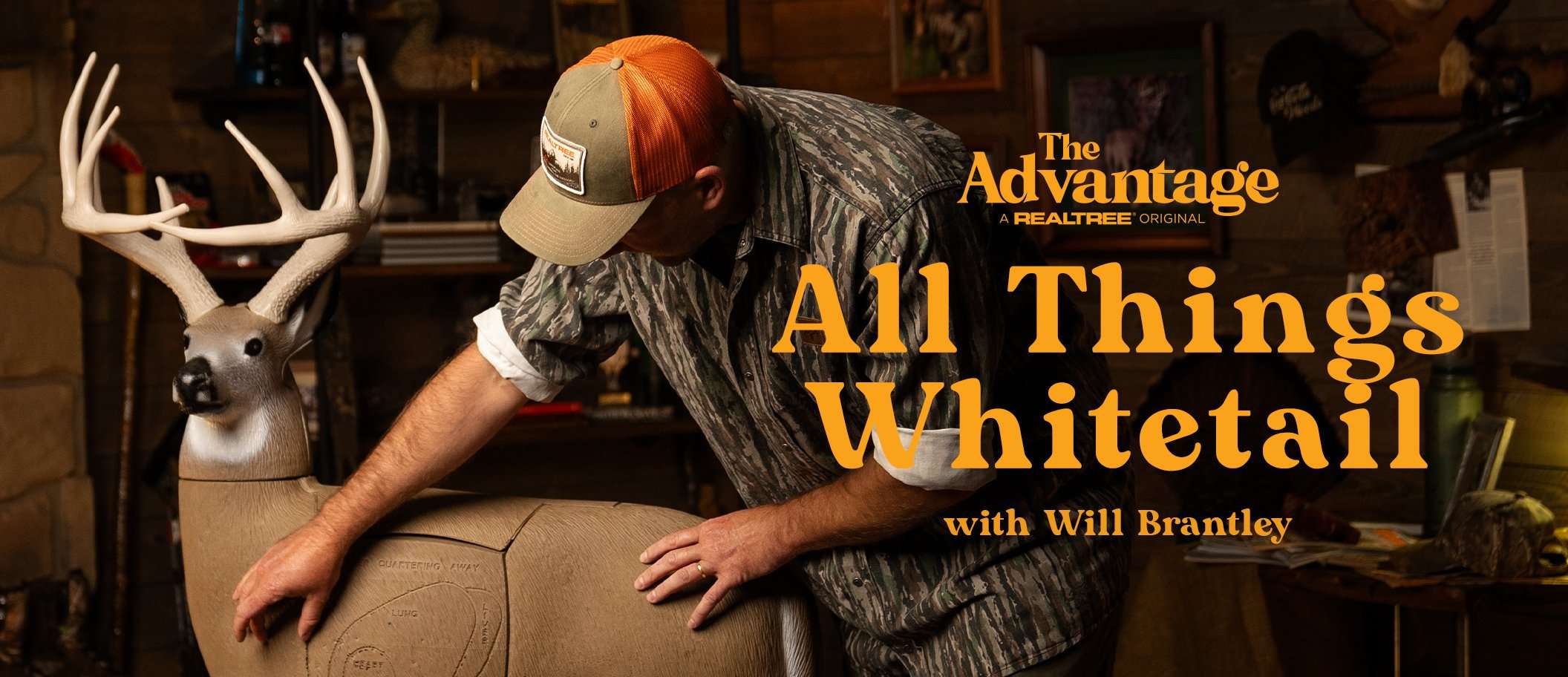An antelope hunt can provide a big adventure with lots of action, and is one of the best options for a first-time western hunt
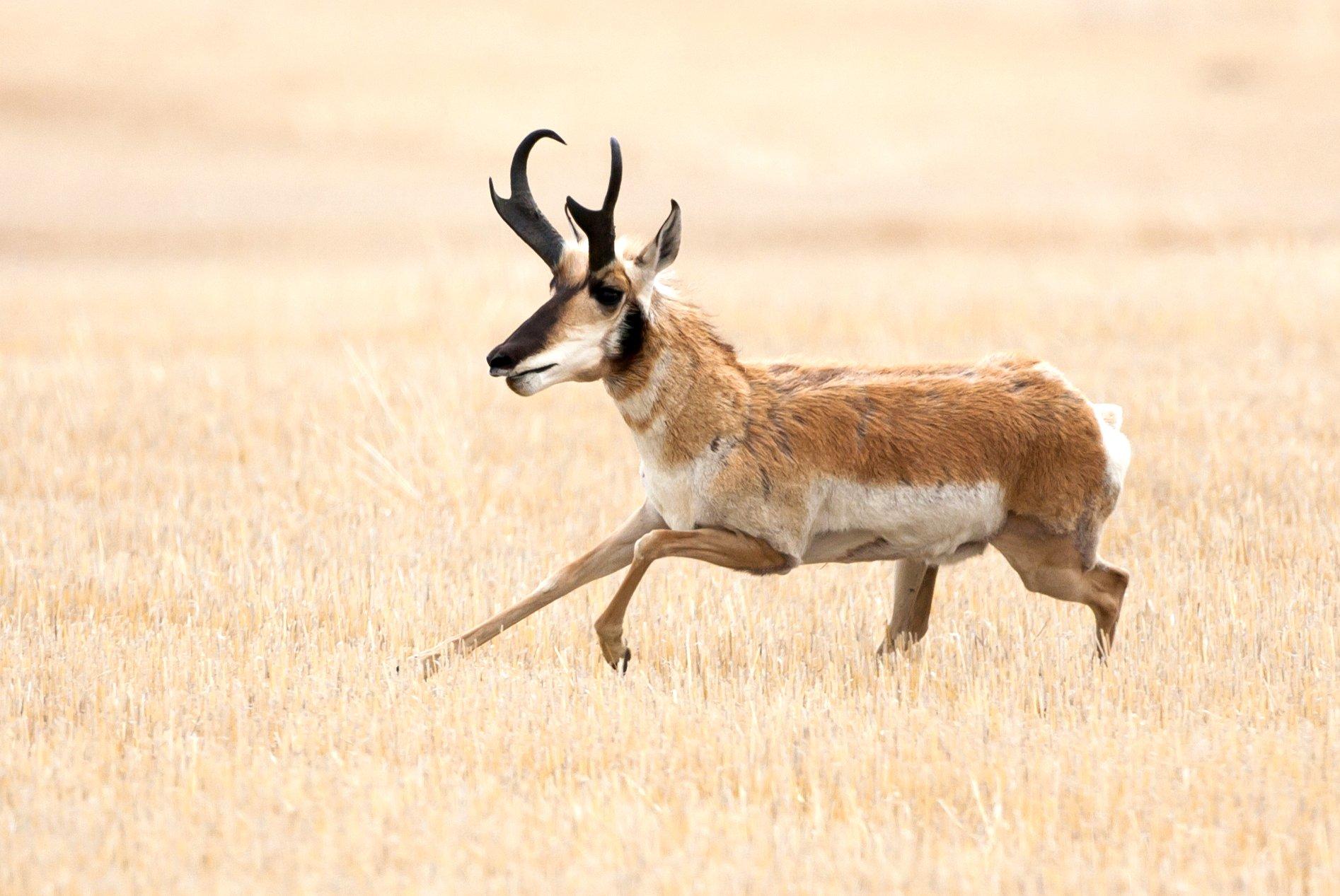
Pronghorns are icons of the American West and provide both archery and firearm hunters a unique and challenging adventure with the benefit of superb table fare. Photo by Jukka Jantunen.
I’d just shown my buck antelope decoy to a pair of does and a nice, Pope & Young-class buck. Honestly, I expected to look through the tiny viewing port in the decoy and see the animals enveloped in a cloud of prairie dust as they galloped away. But instead, the three inquisitive animals had stayed put. One of the does stood and slowly began meandering my way. Then the second doe stood. Finally, the buck climbed to his feet. Instead of coming toward me, he and the second doe began cutting the distance together. They were losing interest and becoming a wee bit suspicious. My rangefinder read 57 yards, and I knew it was now or never.
DON’T MISS: Wardens Bust Wisconsin Man Who Tried to Enter Fraudulent 49-Point Buck Into Record Books
Slowly, I drew my bow and leaned out to clear the decoy. I touched the trigger when my 60-yard pin floated at the bottom of the buck’s chest, behind his shoulder. A short time later, my first archery pronghorn buck lay on the parched Wyoming prairie, concluding a challenging public-land hunt.
The Wild West teems with hunting opportunities for those seeking an adventure, and nothing screams “west” like the iconic white and tan coats of these prairie speedsters and the jet-black hooked horns that adorn their heads. Antelope meat is incredible, and millions of acres are open to public hunting across the states with huntable antelope populations.
So, what are you waiting for? Saddle up and embark on one of the West’s most action-packed hunts. But before you do, let’s first run through some logistical considerations and some hunting tips to maximize your odds for a successful hunt.
TAGS AND LOCATIONS
Choosing a hunting location is your first task. I’ve successfully hunted antelope in Colorado, South Dakota, and Wyoming. Montana is another DIY-friendly state. Just a few years ago, there were some OTC / guaranteed pronghorn tags in states like Nebraska and South Dakota, but almost all those tags are now divvied up through draws due to higher demand and declining herds. Aside from a small handful of leftover tags, you’re probably out of luck for this year if you didn’t apply for and draw a tag during the Western draws earlier this year. Still, it’s never too early to start getting your ducks in a row for next year.
DON’T MISS: The 10 Best Times to Deer Hunt
In Colorado and Wyoming, some tags for pretty decent units / hunt areas can be drawn with 1-5 preference points, and Wyoming sells preference points from mid-summer through the early fall, so be sure to buy one if you missed the draw. That will give you at least 1 point going into the 2026 draw.
When researching antelope hunts, I rely heavily upon GOHUNT Insider’s Filtering feature, which allows you to find hunts that align with your desired trophy potential, public-land accessibility, draw odds based on your preference points, weapon preference, and things like that. I’m not paid to promote it; I just find it highly useful for researching hunts.
ARCHERY OR RIFLE?
Bowhunting for antelope is vastly different from bowhunting whitetails. You might get a 15-yard shot, but don’t expect it. Pronghorns are traditionally shot from 35 to 50 yards and farther with archery tackle, so develop your shooting skills at these distances. Getting within 50 yards of a pronghorn is challenging. But you’ll experience pronghorn hunting in its purest form during archery season when hunting pressure is low. While hunting for my Wyoming buck referenced earlier, I didn’t encounter another hunter. A few days later, when rifle season opened, hunters swarmed the prairies.
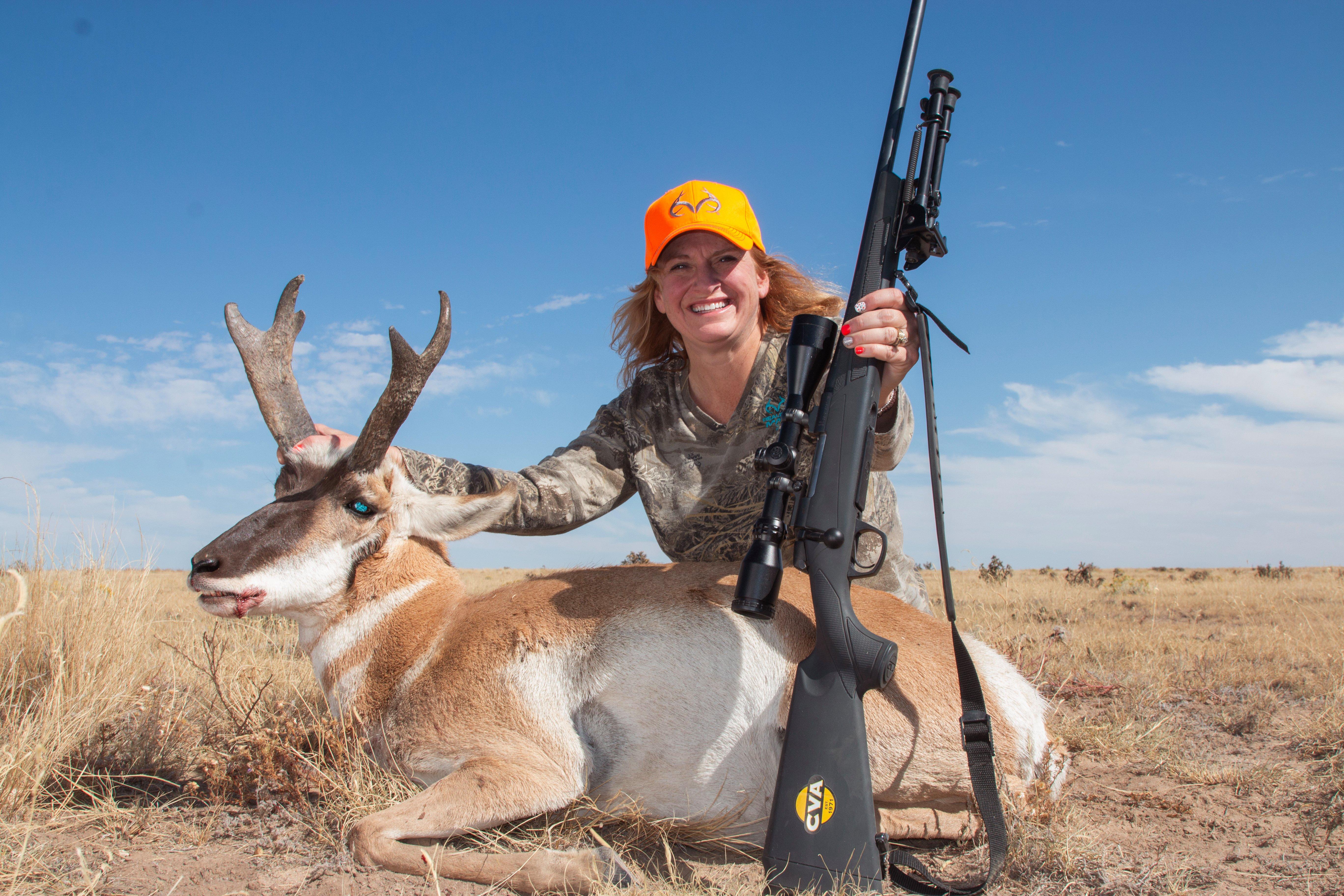
Rifle hunters wielding light to medium calibers enjoy longer shooting ranges and increased success odds. Realtree photo.
Rifle hunting for antelope is also a lot of fun and much easier. It’s usually not too difficult to get within 200-250 yards of antelope if you stalk carefully. A bipod and pack make for a solid prone rest, but good shooting sticks allow you to get off the ground and clear the brush if needed. Just about any flat-shooting whitetail cartridge works great for antelope, with popular modern choices including the .243 Winchester, 6mm Creedmoor, .257 Roberts, .25-06, 6.5 Creedmoor, 6.5 PRC, and .270 Winchester. Larger rounds such as the .308 and .30-06 certainly work fine, and so too can .22 centerfires with good bullets, provided those are legal in the state you’re hunting.
MAPPING BUCKS
Once you choose a hunting unit / area, e-scouting is the key to a successful hunt. Most western states have ample public land and plenty of pronghorn bucks roaming it. Scouting for pronghorns is similar to scouting for whitetails; at least that’s how I look at it.
Considering that antelope must drink and that conditions are typically hot and dry out west, I seek water sources even if I won’t be hunting over them. These can be ponds, creeks, waterholes, stock tanks, and so on. Yes, antelope thrive in the most parched-looking habitat, but when it doesn’t rain and there is no dew on what they’re eating, they have no choice but to drink, so mapping pastures and prairies with water sources is a good way to land in areas that have animals.
Alfalfa can also be a hotspot. Again, antelope thrive in arid habitat, but I’ve seen enough pronghorns grazing on lush alfalfa to know they’re suckers for it. In your mapping app of choice — I use HuntStand Pro, but others, such as onX Hunt will work — look for circular center-pivot fields on or adjacent to the public land you’ll be hunting.
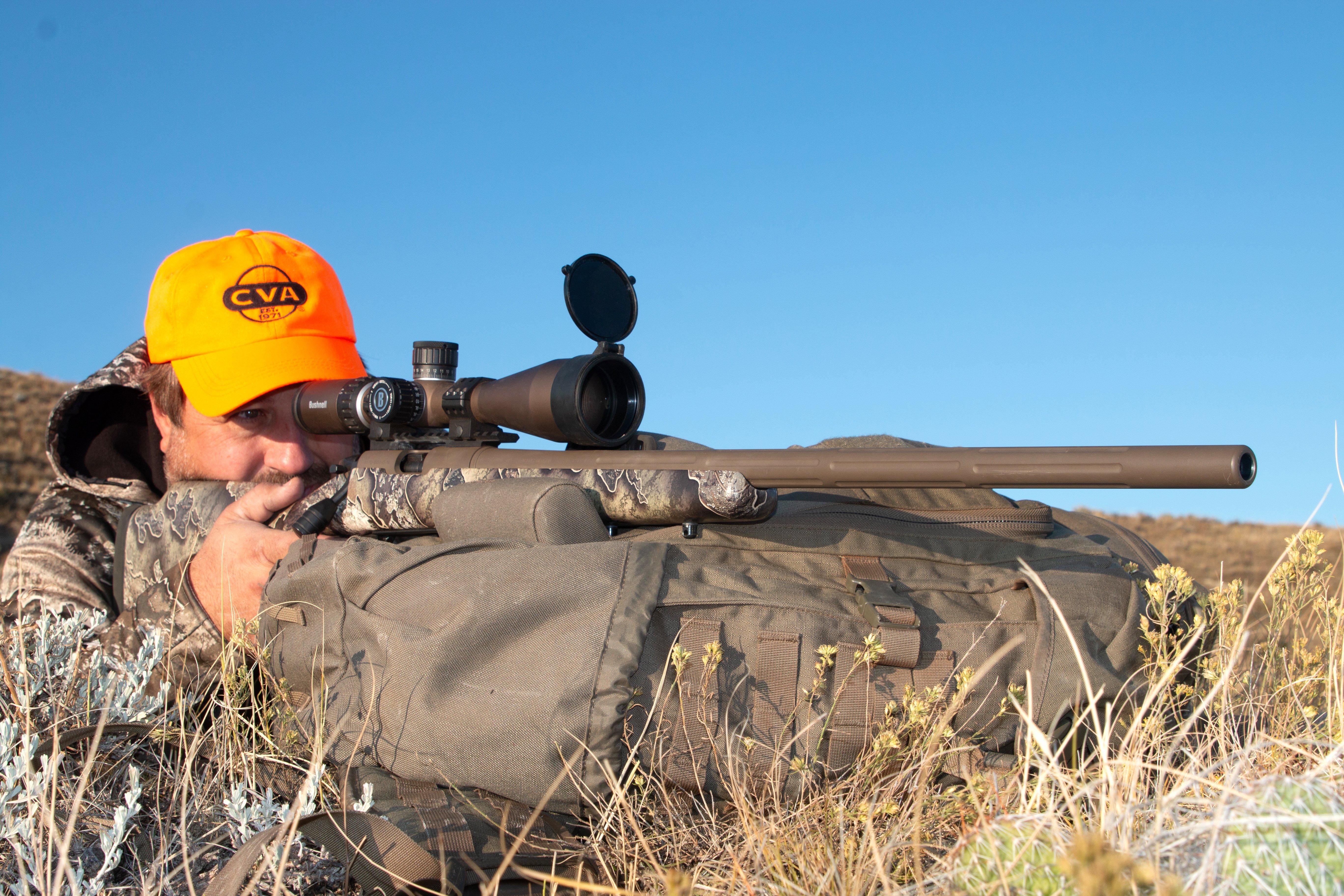
Taking aim at a pronghorn buck is exciting, but the homework you do before your hunt can largely impact your success or lack thereof. Realtree photo.
Scouting when you arrive to hunt is only necessary if you’ll be sitting stationary over water or alfalfa, or if you are rifle hunting and want to look over numerous bucks and choose one to go after right away on opening morning, so that another hunter doesn’t beat you to it. If you’re spot-and-stalk hunting with a bow, avoid too much scouting and focus on getting in as many stalks as possible per day to increase your odds of a close encounter and therefore success.
LODGING
Some small western towns have modest accommodations, but much of antelope country is quite remote. If you’ll be hunting a more remote area, you’ll either have to lodge at the nearest motel, which could be an hour or more away, or you’ll have to pitch a tent on the windswept plains on public land where overnight camping is legal. The state wildlife department in the state you’ll be hunting can provide information on camping. Don’t be afraid to ask where you might find some antelope near suitable camping areas. Camping requires a lot more gear, so keep that in mind as you plan.
HUNTING STRATEGIES
Unlike most other big game pursuits, an antelope hunt can provide all-day action, particularly for the spot-and-stalk hunter. The goats inhabit wide-open spaces, and finding animals to stalk can be as easy as driving around and glassing. If you’re not seeing them from the roads, hike and glass from more remote hills. If you resort to your motel or tent during midday, you’ll miss a lot of stalking opportunities.
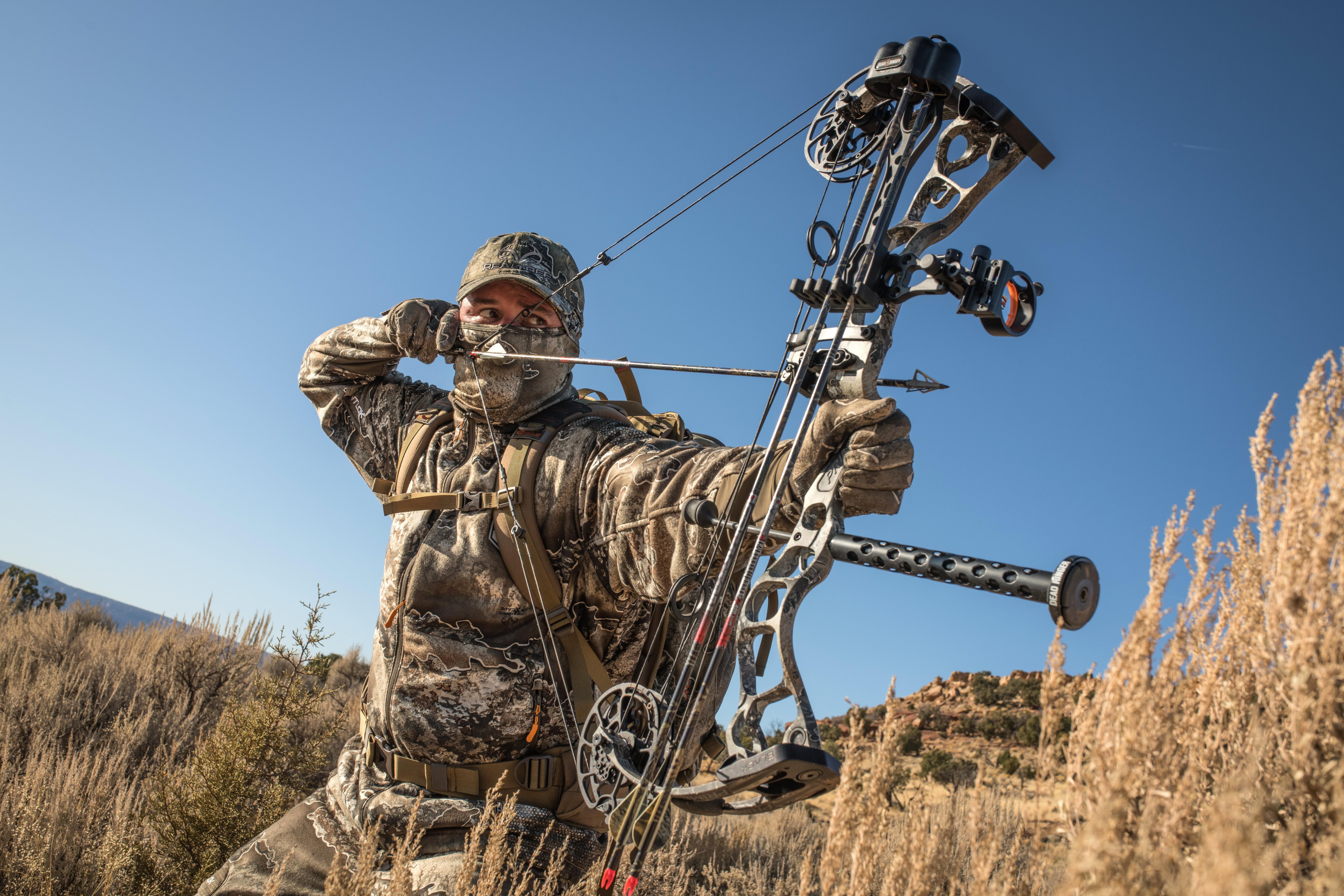
Stalking antelope with a bow is a great way to stay in the action all day long, but a pronghorn’s sharp eyes are tough to beat, so plan your stalks carefully. Photo by Bill Konway.
Of course, stalking antelope, which have approximately 300-degree vision with binocular-like magnification, is no easy task, especially because pronghorns often roam in herds, which multiplies the eyes that are watching. So, decoying is a worthwhile ploy for bowhunters.
Rather than stalk within range, try to get within 200 yards and challenge a buck or pique his curiosity with a decoy, as I did in my opening anecdote. Decoys can produce mixed results depending on the hunting pressure in the area you hunt, but when it works, it’s a blast. The most effective decoying dates are typically Sept. 10-30 — the pre-rut, peak rut, and post-rut — although bucks sometimes respond to decoys before or after those dates. Decoying is at your own discretion, and using one during a firearm season will invite attention from other hunters and potentially put you or others in harm’s way. Be smart and don’t take stupid risks.
Check Out Our Latest Camo Pattern: Realtree APX
If stalking isn’t for you, a stationary ambush can provide encounters. A small water source in a pasture that’s otherwise barren is a worthwhile place to park from dawn to dusk every day of your hunt. This isn’t for the faint of heart, especially when the temperatures are 90-100 degrees. Other stationary ambushes that can provide action are fence crossings, where antelope can sneak under the lowest strand (antelope rarely jump over fences unless it’s the only option). Alfalfa fields, where goats feed daily, are also solid hunting spots.
HAVE A PLAN B
Bowhunting over water is a classic tactic, but be sure that you have a backup plan if that’s the way you go. An unforeseen prairie soaker can shut down watering activity, as water puddles and soaked forages can supply antelope with their daily water supply. Another reason to have a backup plan is that you might find that you’re not having fun after three all-day hunts in a baking-hot ground blind.
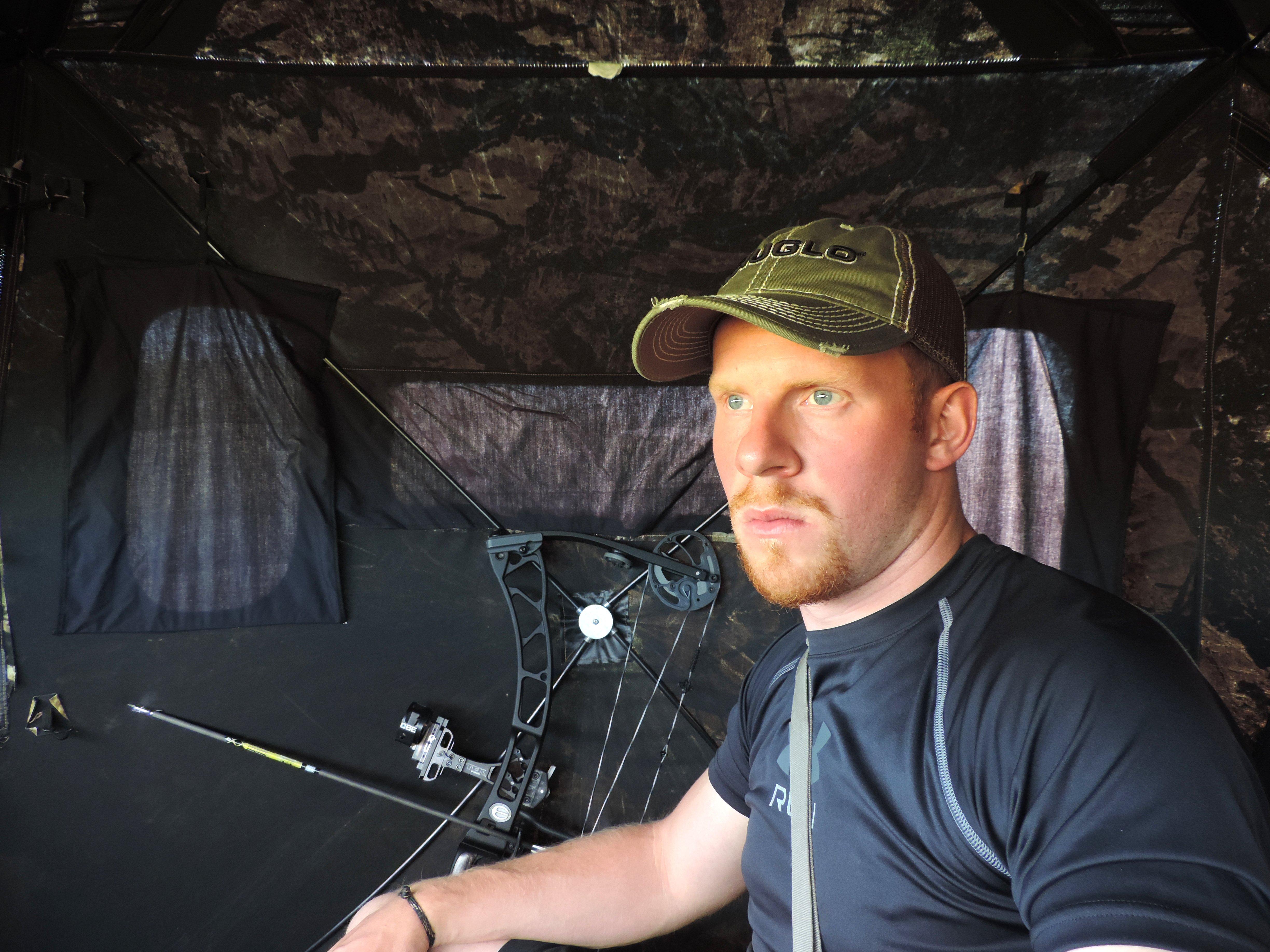
Do you have what it takes to sit in a ground blind from dawn to dusk in sweltering temperatures? You’ll know after a day or two, and if it’s not for you, put on your stalking boots. Photo by Darron McDougal.
Firearm hunters should also have backup plans. Other hunters have foiled my plans and ruined my encounters. If pressure ramps up, have some more isolated pockets deep in the prairies in mind to try. Most other hunters don’t venture too far from roads, so lace up your boots and cover some ground.
MEAT CARE
Once you harvest an antelope, you’ve secured some of the tastiest venison out there. But hot temperatures start the spoilage time clock. In other words, get that meat on ice as soon as possible. I suggest a thick-walled cooler that retains ice for the trip home. Also, if you harvest a buck, avoid touching the black cheek patches, as the glands here hold tons of powerful musk that can contaminate the meat.
FINAL POINTS
Let me part with a few more tips. Don’t head to antelope country without quality optics. A crystal-clear pair of 10x42mm binoculars is the minimum. If you’re concerned about finding a trophy buck, a big spotting scope with 45x zoom or so fixed to a sturdy tripod will be invaluable.
Cacti are everywhere in pronghorn country. You’d best have a pair of thick leather gloves and knee pads to guard against them, whether you’re spotting and stalking or dragging your trophy back to the trailhead.




